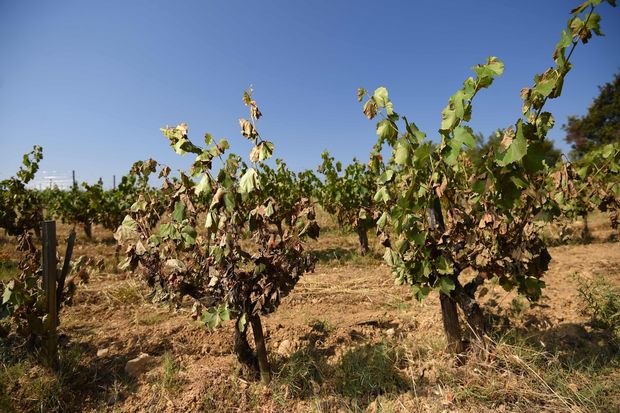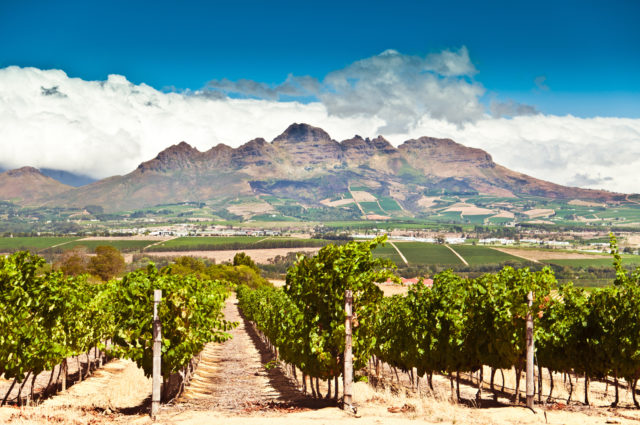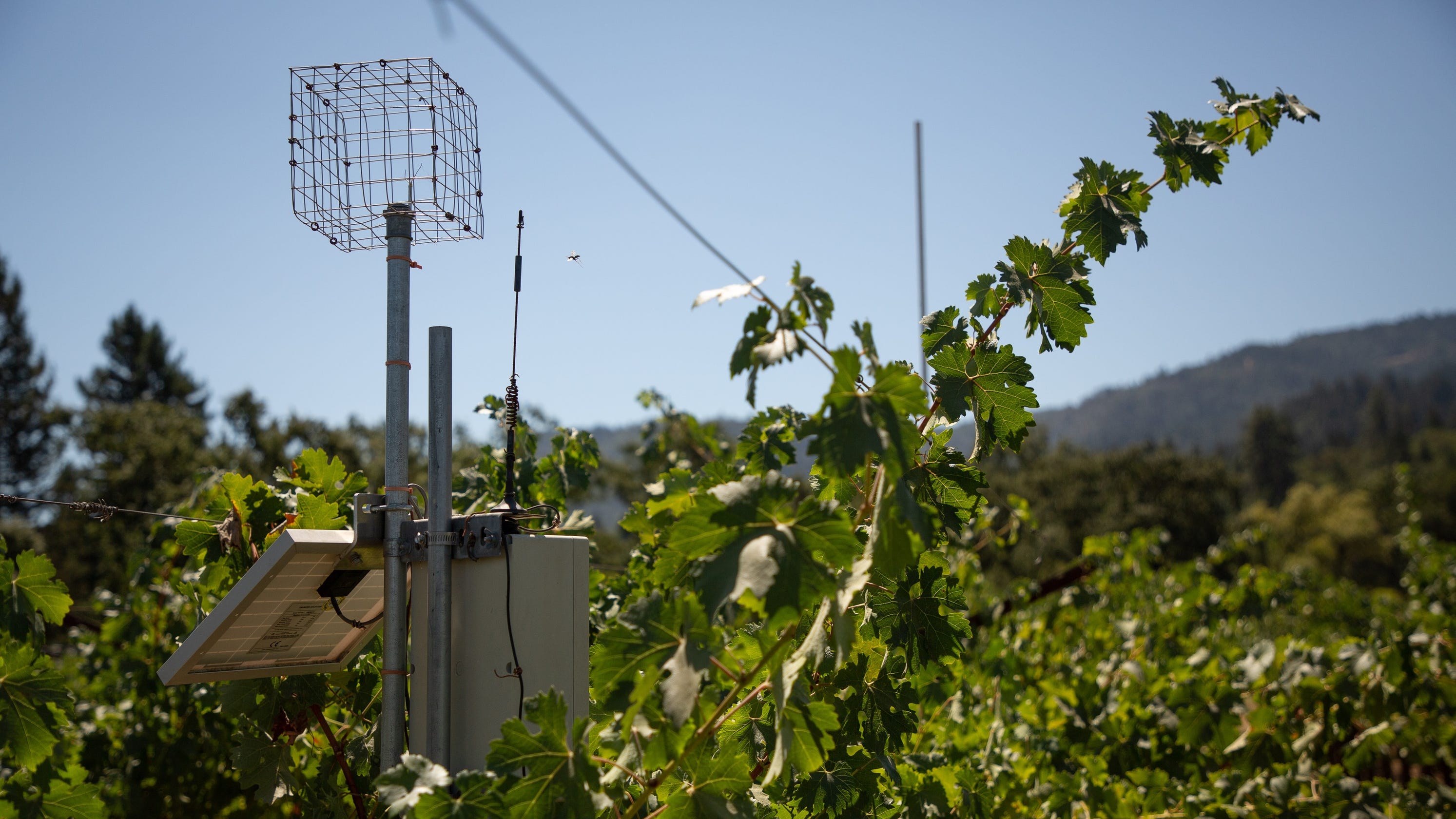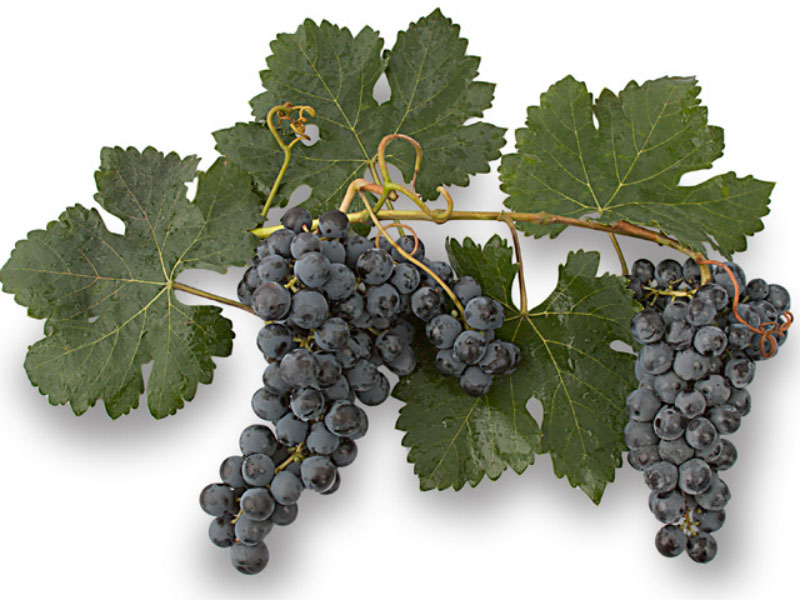Wine and Climate Change
Changing climate, changing wines.
In 1964 Bob Dylan released a song entitled ‘Times they are a-Changin’. The sentiment is as legitimate today as it was during the social awareness movements of the 1960s. This view can be applied to a number of different areas: technology; economics; gender and race relations, as well a slew of others, but for my purposes, I would like to bring your attention to significant adjustments in the world of wine production as a result of our changing climate. I have no intention weighing in on the politics about the causal effects of this issue; people will believe what they wish to believe regardless of the evidence. I just would like to bring your attention to how the environmental global changes will affect your wine buying habits in the not too distance future.
 Here are just a few recent examples of how global climate change has impacted the wine industry:
Here are just a few recent examples of how global climate change has impacted the wine industry:
- This summer’s record-breaking heatwaves in Europe have had substantial consequences in the vineyards of France, Spain, and Italy. The blistering heat resulted in scorched leaves and berries effecting grape maturation, resulting in what will certainly be lower crop yields and higher prices.
- The ongoing drought conditions in parts of Australia have created economic chaos among growers with irrigation water becoming the largest cost item in producing wine for much of the Murray Darling Basin. The use of irrigation was up 7% nationwide in 2017-18.
- South Africa’s wine harvest in 2019 was the smallest in fourteen years due to the multi-year drought and grave shortage of water resources for farming, livestock and personal consumption.
- In an unprecedented move, France’s Bordeaux and Bordeaux Supérieur Wine Producers Syndicate recently approved the addition of seven new grape varieties for use in their wines. “These varieties were selected as a result of their reduced susceptibility to vine diseases, later harvesting potential and ability to maintain acidity and volume in the face of climate change’s warmer weather and unseasonal frosts.”
- Regions, where grape production was either marginal or unsustainable, are now producing an increasing volume of wine. A prime example is southern England, where the sparkling wine industry has grown almost overnight, making a dent in Great Britain’s import of French Champagne and other sparkling wines.
 Wine producing areas within the United States are not immune to this issue. There is increasing discussion among Napa Valley’s winemakers on how the valley will have to adapt to the changes in temperature and rainfall. Some suggest that the farming of certain popular grape varietals in major California growing regions will be unsustainable is as short as fifty years.
Wine producing areas within the United States are not immune to this issue. There is increasing discussion among Napa Valley’s winemakers on how the valley will have to adapt to the changes in temperature and rainfall. Some suggest that the farming of certain popular grape varietals in major California growing regions will be unsustainable is as short as fifty years.
As a consumer of wine (as well as most other agricultural products) we need to be prepared to face not only higher prices for these goods but also the quality and availability of wines that we currently enjoy. Industrial manipulation (read chemical alteration) of wines, especially budget-priced wines, will allow for consistency in the product’s taste in the short term, but we should still expect prices to rise as water for farming in many high production areas becomes more and more of a concern.
Wine producers have not taken this issue lying down. Throughout the world, small and large producers alike are implementing strategies to increase water conservation in the vineyards, as well as an escalation in the practices of sustainable agriculture, while at the same time making greater use of technologies to reduce their carbon footprint. Farming practices are undergoing dramatic modifications in many parts of the world with changes in irrigation; crop management; harvest times and varietal selection, grape growers are being pressed to adapt to the new climate norms. The industry’s very long term existence is at stake and these producers are well aware of this fact.
 Like it or not, wine lovers are going to have to accept the reality of this situation. Climate change is real and will have an impact on how much you spend and the general availability of certain wines from specific regions. The inclination to try new wines will become that much more important as growers are forced to plant varieties suitable for the changing conditions. It is not inconceivable that in the near future your preferred purchase of high-end Cabernet Sauvignon might just be imported from the Okanagan Valley in Western Canada rather than Napa Valley.
Like it or not, wine lovers are going to have to accept the reality of this situation. Climate change is real and will have an impact on how much you spend and the general availability of certain wines from specific regions. The inclination to try new wines will become that much more important as growers are forced to plant varieties suitable for the changing conditions. It is not inconceivable that in the near future your preferred purchase of high-end Cabernet Sauvignon might just be imported from the Okanagan Valley in Western Canada rather than Napa Valley.
 Keeping with the theme of this article, this month’s wine challenge is a grape variety that thrives in warmer climates. Monastrell, a red wine variety, is thought to have its origins on the Iberian Peninsula. Known as Mourvédre when grown in southern France, it is often used as a blending grape adding richness and structure to the wine. Consumers can expect to taste red fruits, cassis, and spice from Monastrell-based wines. Full-bodied, as it is higher in alcohol and tannins, Monastrell fares well with grilled meats and many types of hard and soft cheeses. A few of my favorite Monastrell / Mourvédre bottles are: El Nido’s Clio, imported by Gil Family Estates ($40.00), Tarima Hill Estates Old Vine Monastrell ($17.00) and the outstanding Mourvédre from Koehler Winery in the Santa Ynez Valley of California ($30.00).
Keeping with the theme of this article, this month’s wine challenge is a grape variety that thrives in warmer climates. Monastrell, a red wine variety, is thought to have its origins on the Iberian Peninsula. Known as Mourvédre when grown in southern France, it is often used as a blending grape adding richness and structure to the wine. Consumers can expect to taste red fruits, cassis, and spice from Monastrell-based wines. Full-bodied, as it is higher in alcohol and tannins, Monastrell fares well with grilled meats and many types of hard and soft cheeses. A few of my favorite Monastrell / Mourvédre bottles are: El Nido’s Clio, imported by Gil Family Estates ($40.00), Tarima Hill Estates Old Vine Monastrell ($17.00) and the outstanding Mourvédre from Koehler Winery in the Santa Ynez Valley of California ($30.00).
Tom Oetinger holds an advanced certification in wine & spirits from the WSET in London, England. He is available to assist you with your wine events or answer your wine questions at [email protected].






